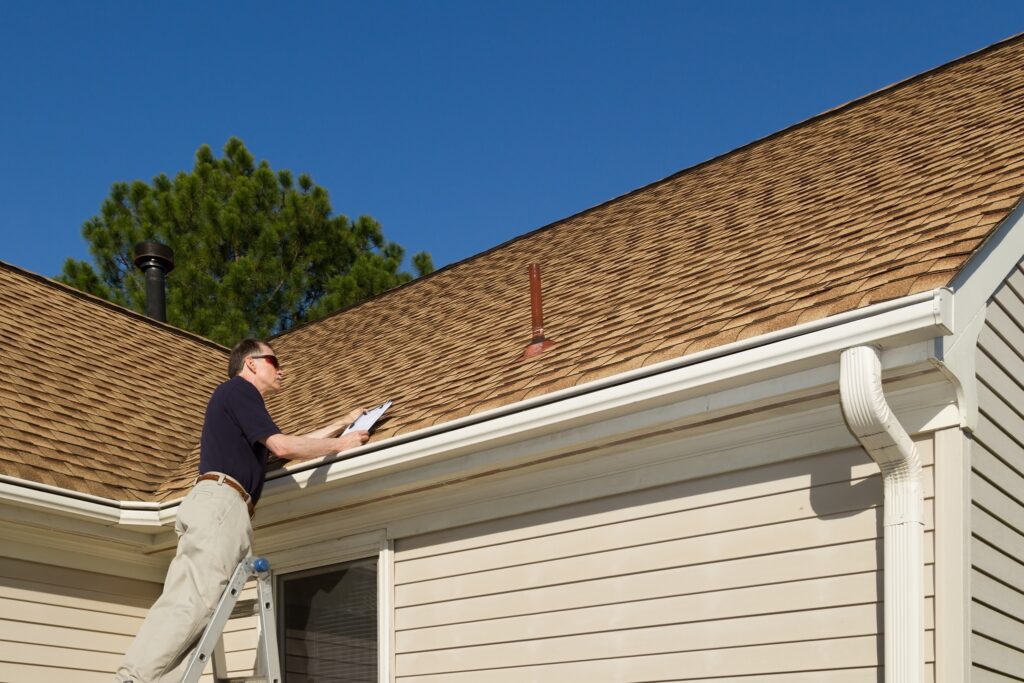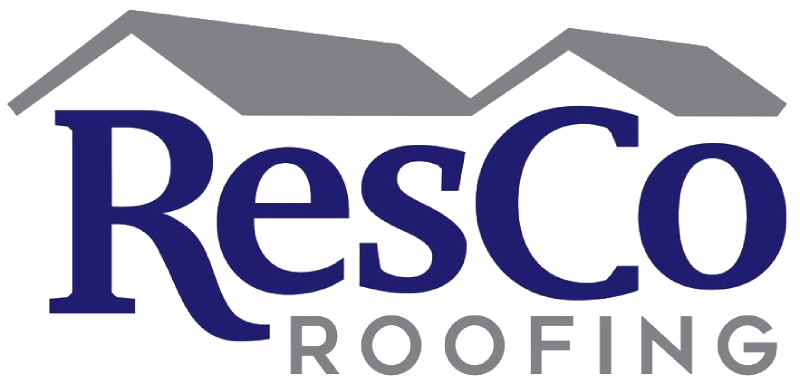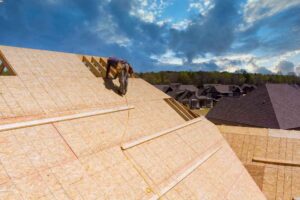The Ultimate Guide to Finding the Best Roofer Near Me
Your roof is one of the most critical components of your home. It’s not just a covering; it’s a shield against the elements, a statement of architectural style, and a safeguard for the entire structure. When it comes to roof maintenance, repairs, or replacement, the stakes couldn’t be higher. Entrusting this work to a reliable, skilled professional roofer can mean the difference between a secure, high-quality roof that stands the test of time and a flawed installation that leads to costly repairs.
But how do you go about finding the best roofer near me, one who is trustworthy, experienced, and delivers top-notch service? This comprehensive guide is your roadmap to ensuring that your rooftop gets the care it deserves.
Understanding the Importance of Hiring a Quality Roofer
Before delving into the process of discovering the best roofer in your vicinity, it’s essential to comprehend the significance of engaging a reputable roofer. As previously mentioned, your roof serves as more than just a mere covering – it plays a pivotal role in the structural integrity of your residence. A poorly executed installation or maintenance of the roof can result in substantial structural deterioration, water infiltration issues, and costly repair work.
A proficient roofer comes equipped with the requisite training, extensive experience, and honed skills to guarantee the correct installation or repair of your roof. They utilize premium-grade materials, adhere strictly to industry regulations and building standards. Moreover, a top-notch roofer possesses the ability to detect potential issues at an early stage and propose sustainable remedies, ultimately saving you both time and money in the long haul.

Factors to Consider When Choosing a Roofer
When it comes to selecting a roofer, several critical factors must be taken into consideration to ensure that you make an informed decision.
- Experience and Reputation: One of the first aspects to verify is the roofer’s experience in the industry and their reputation among past clients. Experienced roofing professionals are more likely to have encountered and solved a myriad of roofing issues, guaranteeing a higher level of expertise and reliability. Check reviews, ask for references, and consider the feedback from previous customers to gauge their satisfaction with the work performed.
- Licensing and Insurance: Ensuring that your roofer is licensed and insured is vital. Licensing demonstrates that the roofer meets the minimum required standards for performing roofing work in your area. Insurance, on the other hand, protects you from liability in the event of an accident or damage to your property during the roofing project.
- Quality of Materials: The quality of materials used for your roofing project significantly impacts the durability and performance of your roof. Discuss with potential roofers about the kinds of materials they recommend and why. A reputable roofer should be able to offer options that provide a balance between cost-efficiency and longevity.
- Cost and Estimates: While cost should not be the sole deciding factor, it’s essential to obtain detailed and written estimates from several roofers before making a decision. Compare the costs relative to the services offered, and beware of quotes that seem too good to be true, as they may reflect subpar materials or workmanship.
- Warranty and After-Sales Service: Check what warranties are offered on both materials and labor. A trustworthy roofer stands behind their work with a solid warranty, offering peace of mind in knowing that you are covered should anything go awry post-installation. Additionally, inquire about the roofer’s policy on after-sales service in case of any issues or maintenance needs.
By thoroughly considering these factors, you will be better equipped to choose a roofer who not only meets your expectations but also ensures the longevity and efficiency of your roof.
Different Types of Roofing Materials
Selecting the right roofing material is crucial for both the aesthetic appeal and the longevity of your roof. Here’s a synopsis of the most popular roofing materials available in the market:
- Asphalt Shingles: Highly popular for their cost-effectiveness and ease of installation, asphalt shingles come in a variety of colors and styles. They are suitable for a wide range of weather conditions and are one of the most commonly used roofing materials in residential properties.
- Metal Roofing: Known for its durability and resistance to extreme weather conditions, metal roofing is available in sheets or tiles. It reflects solar radiant heat, which can help in reducing cooling costs. Metal roofing is lightweight, long-lasting, and recyclable, making it a more environmentally friendly option.
- Clay and Concrete Tiles: Offering a distinctive look, especially for homes with a Spanish or Mediterranean architectural style, clay and concrete tiles are non-combustible and durable. While they are heavier than most other roofing materials, they are highly effective in regions prone to hot weather or exposure to salt air.
- Slate Roofing: Esteemed for its natural appearance, incredible durability, and longevity, slate roofing is made from natural slate tiles. Although it comes with a higher price tag and requires a more specialized installation process, a slate roof can last for over a century with minimal maintenance.
- Wood Shingles and Shakes: For a natural and traditional aesthetic, wood shingles and shakes are made from cedar, redwood, or southern pine. While they offer a unique and beautiful look, they require more maintenance compared to other materials and may not be the best choice in areas with high moisture or wildfire risk.
- Synthetic Roofing: This category includes rubber, plastic, and polymer roofing, designed to mimic the look of natural materials such as wood and slate. Synthetic roofing is lightweight, easy to maintain, and often comes with substantial warranties, making it an increasingly popular choice among homeowners.
By understanding the characteristics, benefits, and limitations of each roofing material, you can make a more informed choice that aligns with your home’s architectural style, your personal preferences, and your budget.
Signs Your Roof Needs Repairs or Replacement
Ignoring the condition of your roof can lead to significant damage, not only to the roof itself but also to the interior of your home. It’s crucial to watch for signals that may indicate your roof needs either repairs or a full replacement. Here are some clear signs to look out for:
- Aging Roof: Most roofs have a lifespan, which can vary depending on the material. For instance, asphalt shingles typically last between 20 to 25 years, while metal or slate roofs can last much longer. If your roof is nearing or has surpassed its expected lifespan, it may be time for a thorough inspection and possibly a replacement.
- Missing or Damaged Shingles: Shingles that are missing, cracked, curling, or otherwise damaged are clear indicators that your roof requires attention. Damaged shingles can lead to leaks and other structural problems if they’re not addressed promptly.
- Leaks or Water Damage: If you notice signs of water damage in your attic or on your ceilings, such as stains or mold, this is a likely indication that your roof is leaking. Even small leaks can lead to major problems over time, so it’s essential to act quickly.
- Sagging Roof: A sagging roof is a serious issue that usually indicates structural problems, such as weakened rafters or a compromised foundation. This is a critical sign that your roof needs immediate attention, potentially even a total replacement.
- Granules in the Gutters: For homes with asphalt shingles, finding granules in the gutters is a sign that your shingles are wearing out. These granules help protect the roof from UV rays, and losing them can significantly reduce your roof’s lifespan.
- Daylight Through Roof Boards: If you can see daylight through your roof boards or notice a spongy feel when walking on the roof, this could mean that the underlying decking is weakened from moisture. This condition requires immediate repair to prevent roof collapse.
- Significant Moss or Algae Growth: While some moss or algae can be typical, especially in moist climates, excessive growth can indicate moisture retention, which potentially damages the roof structure. Removing the vegetation and assessing the damage is essential.
Recognizing these signs and addressing them promptly can save you from more costly repairs in the future. Regular inspections and maintenance are key to extending the life of your roof and ensuring the safety and comfort of your home.
The Process of Roof Repairs and Replacement
The process of roof repairs and replacement is systematic and requires careful planning and execution to ensure the extended lifespan and efficiency of your roof. It typically involves the following steps:
- Inspection and Assessment: The first step is a thorough inspection of your roof to assess the extent of damage and determine whether a repair is sufficient or a full replacement is necessary. Professional roofers use their expertise to identify current and potential issues.
- Quotation and Planning: Based on the inspection, the roofing contractor will provide a detailed quotation that outlines the scope of work, including the materials required, the timeline for completion, and the cost. This phase is crucial for planning the project realistically and aligning expectations.
- Choosing Materials: If a replacement is deemed necessary, this is the stage where you select the new roofing materials. The choice should consider factors like climate, your home’s architectural style, and your budget. Your roofer can offer guidance based on their experience and knowledge of the latest materials and trends.
- Preparation: Before the work begins, homeowners may need to prepare their property by securing loose items, moving vehicles away from the work area, and ensuring there’s clear access to the roof. The roofing team will also prepare the site to protect your property and ensure a safe working environment.
- Execution: The actual work starts with the removal of the old roofing materials, followed by repairs to the underlying structure if necessary. Then, the new roofing material is installed. Throughout the process, quality checks are performed to ensure the work meets all relevant standards and specifications.
- Cleanup and Final Inspection: After the installation is complete, the site is cleaned up, and a final inspection is carried out to ensure the workmanship is up to standard and that the new roof meets all requirements. This is also the time for homeowners to ask any questions and receive guidance on maintaining their new roof.
- Warranty and Follow-Up: Most reputable roofers will offer a warranty on both the materials used and their labor. Ensure you understand the terms of the warranty. Additionally, some contractors might offer or recommend a follow-up inspection after a certain period or after extreme weather conditions to ensure the roof remains in optimal condition.
By understanding these steps, homeowners can better prepare for the process of roof repairs or replacement, resulting in a smoother, more efficient project and a roof that will provide protection and aesthetic appeal for years to come.

Common Mistakes to Avoid When Hiring a Roofer
Hiring the right roofer is crucial to ensuring a successful roof repair or replacement project. However, homeowners often make several common mistakes during the hiring process that can lead to subpar results, increased costs, or even legal issues. Here are some pitfalls to avoid:
- Not Verifying Credentials: Always verify that the roofing contractor is licensed, insured, and carries workers’ compensation coverage. This protects you in case of accidents or damage to your property.
- Overlooking Reviews and References: Past customer experiences offer valuable insights. Failing to read online reviews or ask for references might lead you to hire a roofer with a track record of poor service or workmanship.
- Choosing Based Solely on Price: While budget is important, the cheapest bid is not always the best. Extremely low quotes often indicate that the contractor may use substandard materials or cut corners in the work.
- Neglecting to Get a Written Contract: A handshake deal is not sufficient. A detailed written contract should outline the scope of work, materials to be used, timelines, and payment schedules. This document protects both parties.
- Failing to Ask About the Warranty: Not all warranties are created equal. Ensure you understand what is covered by the manufacturer’s warranty on materials and the roofer’s warranty on workmanship.
- Not Checking for a Lien Waiver: A lien waiver protects you in case the roofer fails to pay their subcontractors or suppliers. Without it, you might be held financially responsible.
- Ignoring Communication Style: A roofer who doesn’t communicate clearly or promptly during the bidding process is likely to continue that pattern during the project. Effective communication is key to a smooth project.
By being aware of these common mistakes and taking steps to avoid them, homeowners can ensure they hire a reputable, capable roofer who will deliver high-quality results.
In conclusion, roof repairs and replacements are necessary to maintain the structural integrity of your home and protect it from the elements. Homeowners can prepare for these projects by understanding the process, avoiding common hiring mistakes, and conducting regular maintenance and inspections. By taking these steps, you can ensure a successful project that results in a secure, beautiful roof for years to come.






